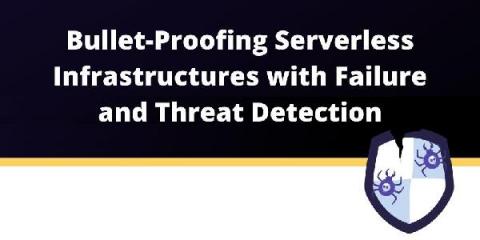Adversary emulation with Prelude Operator and Elastic Security
It’s no secret that organisations are up against skilled, relentless and determined adversaries. Security operations teams need to continuously test their detection capabilities by carrying out adversary emulation plans that are made up of varying tactics, techniques and procedures (TTPs) and track key metrics of their coverage in order to close any existing gaps. There are many tools available for running adversary emulation plans and performing purple team exercises.











